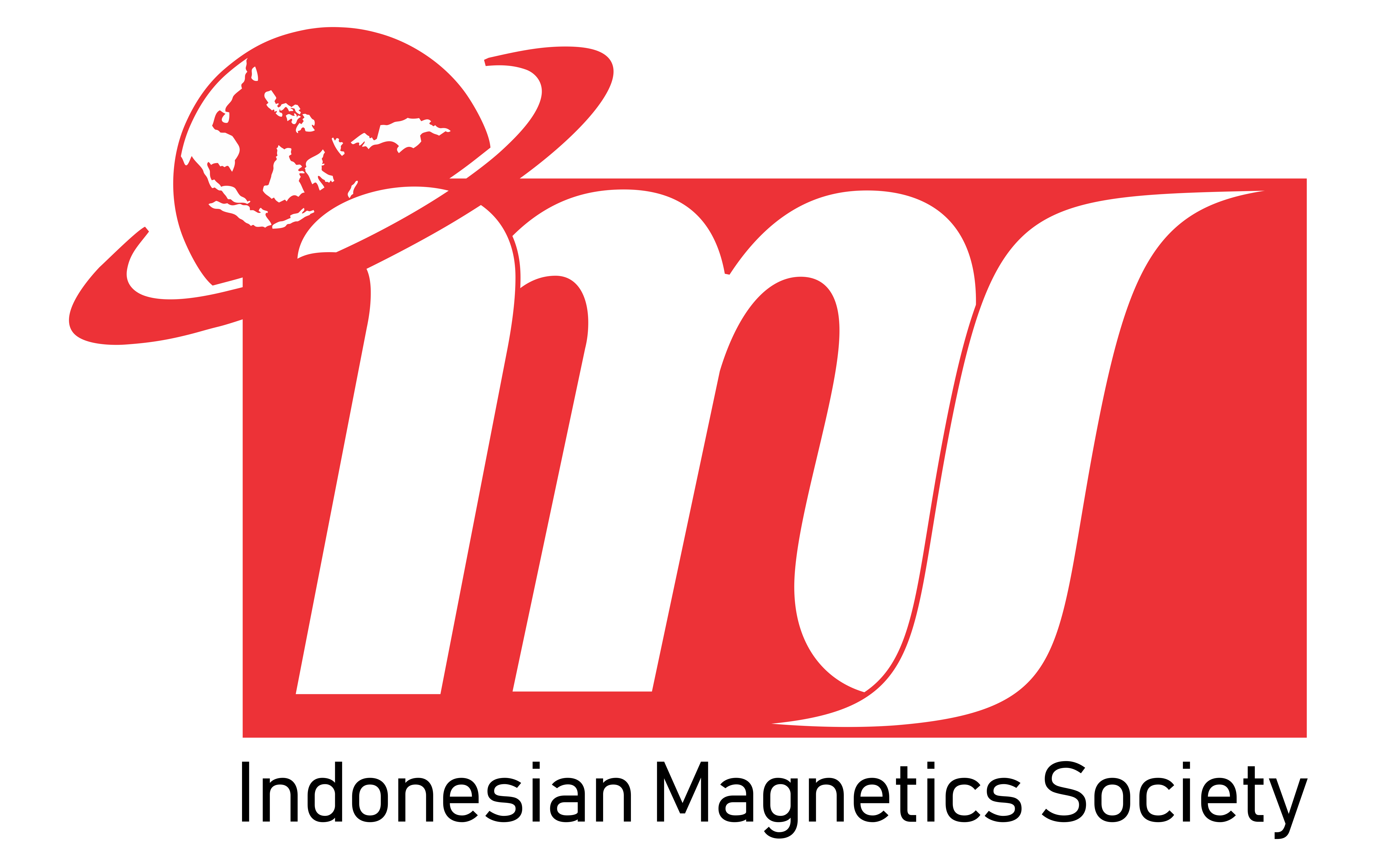Concentrations of the Terrestrial Radionuclides and Their Radiological Risk at Wadi Nugrus, South Eastern Desert, Egypt
Abstract
Fourteen samples were collected from a minor tributary at Wadi Nugrus, SED, Egypt. The average values of the activity concentrations of the terrestrial radionulclides U-238 and Th-232 in the studied samples were 325 and 277 (Bq/kg) much higher than the worldwide averages. The average value of K-40, 820 (Bq/kg), is comparable to the worldwide average concentration of this radionuclide. Four samples have safe values for the hazard indices Raeq, Hex and Hin. This represented a contradiction with values of the absorbed dose rate D which has a minimum value of 110 (nGy/h) exceeding the worldwide average of 60 (nGy/h). At the announced safe unity for both Hex and Hin, the total annual effective dose appears to have more than the value of 6 (mSv/y) which far exceeds the worldwide average effective dose rate of 1.5 (mSv/y). The effective dose approach established by UNSCEAR is reliable since the effective dose reacts directly with the dose limits recommended by the radiation protection regulations.
Keywords
Full Text:
PDFReferences
1. Beretka, J. and Mathew, P.J., Health Phys, 1985, vol. 48, pp. 87-95.
2. Henaish, B.A., Tawfik, A.A., Abu Zaid, H. and Gomaa, M.A., Radiat. Phys. Chem., 1994, vol. 44, no. 1-2, pp. 177-188.
3. Oyedele, J.A., Appl. Radait. And Isot., 2006, vol. 64, no. 6, pp. 686-688.
4. Abbady, A., Ahmed, N. K., El-arabi, A. M., Michel, R., El-kamel, A. H., and Abbady, A. G. E., Nucl. Sci. Tech., 1996, vol. 17, no. 2, pp. 118–122.
5. Qureshi, A.A., Manzoor, Sh., Waheed, A., Ud Din, K. and Calligaris, Ch., (2014). Evaluation of excessive lifetime cancer risk due to natural radioactivity in the rivers sediments of Northern Pakistan. J. Radiat. Res. and Appl. Sci., 2014, vol. 7, pp. 438-447.
6. Abdel-Razek, Y.A., Bakhit, A.F. and Nada, A.A., Arab. J. Nucl. Sci. Apl., 2009, vol 42, pp. 225-231.
7. Google Earth, seen at june 4, 2023.
8. Sources and Effects of Ionizing Radiation: UNSCEAR Report to the General Assembly, with Scientific Annexes, New York: UN, 2000.
9. Sources and Effects of Ionizing Radiation: UNSCEAR Report to the General Assembly, with Scientific Annexes, New York: UN, 2008.
10. Tufail, M., Ahmad, N., Mirza, S.M., Mirza, N.M., Khan, H.A., Sci. Total Environ., 1992, Vol. 121, pp. 283–291.
11. The 1990 Recommendations of the International Commission on Radiological Protection, ICRP, 1990.
12. Lu, Xinwei*†; Li, Nan*; Yang, Guang*; Zhao, Caifeng* Health Physics 104(3):p 325-331, March 2013.
13. C. K. Wanyama1, *, F. W. Masinde2 , J.W. Makokha1 and S.M. Matsitsi2 Radiation Protection Dosimetry (2020), Vol. 190, No. 3, pp. 324–330
14. The 1977 Recommendations of the International Commission on Radiological Protection, ICRP, 1977.
15. The 2007Recommendations of the International Commission on Radiological Protection, ICRP, 2007.
Refbacks
- There are currently no refbacks.







